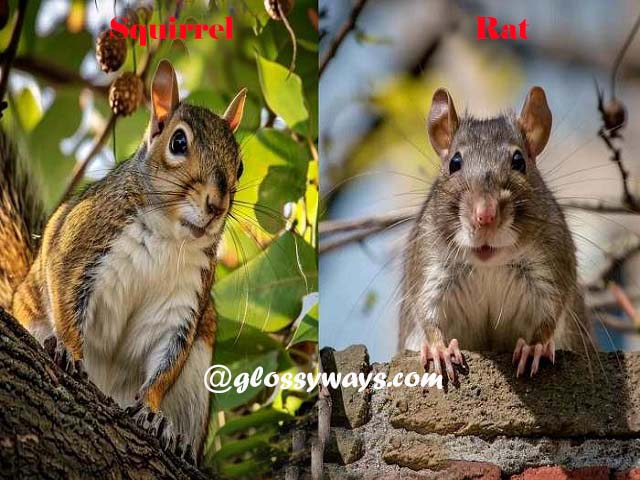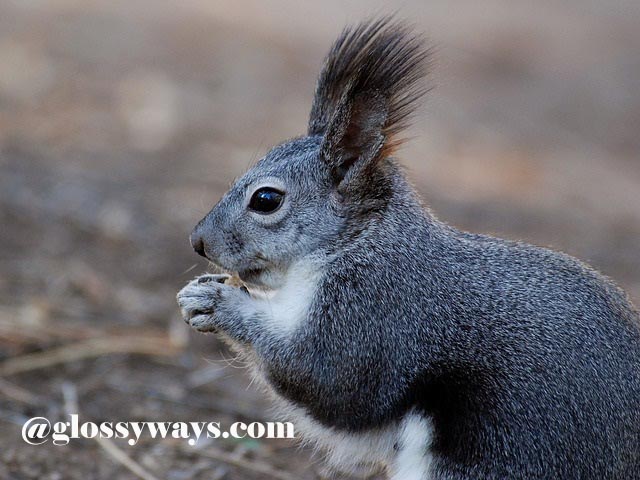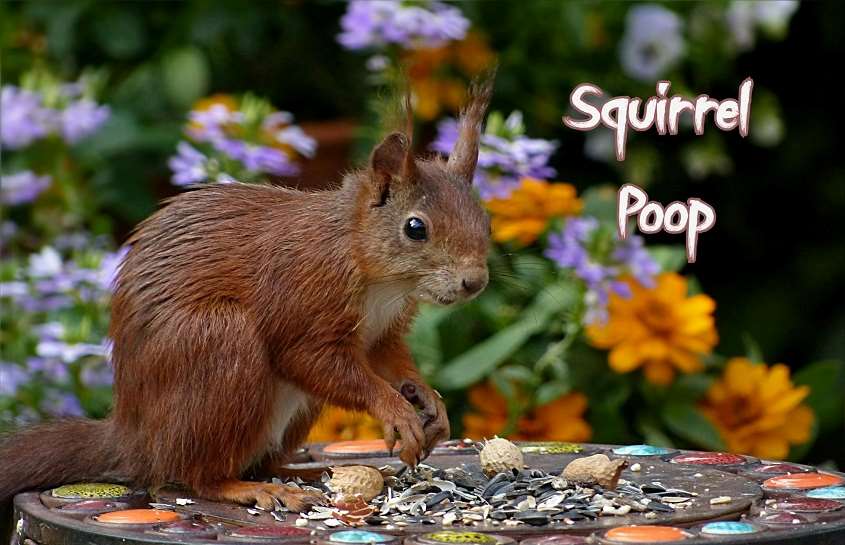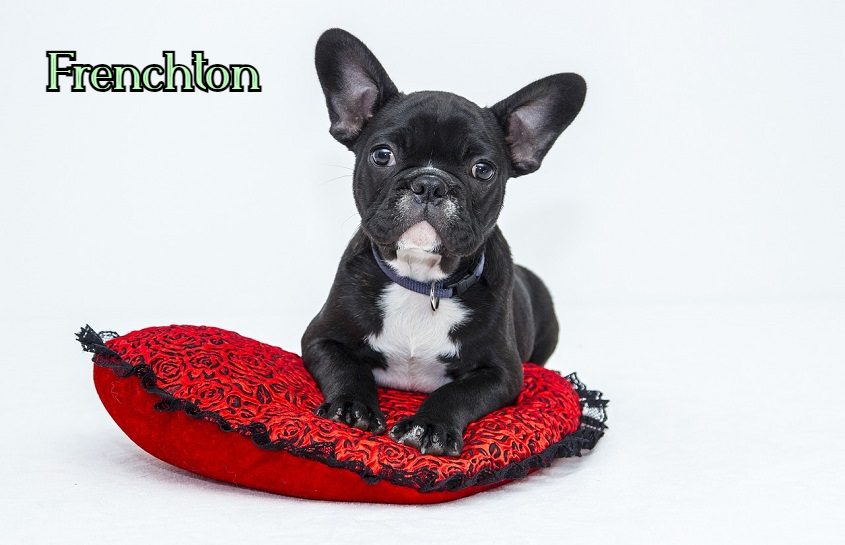Squirrel poop is a biological process of flushing out the feces from the body of the animal. Squirrels are rodents that have awesome mobility to move. This animal looks like a cat but there are many differences between a cat and a squirrel. This pet scales up the trees to catch small prey. You can also raise squirrels at home. Droppings of squirrels are varied in color. A poop size can be compared to the shape of a 3/8 inch grain. These feces contain remnants of undigested foods/grains. In the daylight, the feces look brighter.
What Does Squirrel Poop Look Like?
Many animal lovers want to know “what does squirrel poop look like?” Here are a few clues to differentiate squirrel poop from other type of feces.
- The size of a dropping of a squirrel looks like a small coffee bean.
- The two endings of the dropping are rounded
- Squirrel discharges their feces several times
- They are habituated to release droppings in the same places
- The color of poop ranges from reddish brown, green, yellow, and black
Difference Between Squirrel and Rat

Before discussing about the squirrel poop vs rat’s droppings, you should have information about these rodents. Squirrels have hairy and bushy tails. They are big. Rats have small tails. However, you will also trace larger rats. Both eat grains, meat, snails, and dirty slugs.
Squirrel Poop vs Rat Poop
Squirrels and rats are both pet animals. In your kitchen room, you will see the availability of squirrels and rats. They are active in running here and there to get food. Rats do not live alone but they like to expand colonies. Squirrels stay on tree branches and in the buildings. When you check their droppings, you will understand their differences.
Rat’s Droppings
Rat droppings are darker than those of squirrels. The squirrel releases brown or red-colored droppings. Their poop sizes resemble the tiny grain with a thick oval shape in the middle. The edges have round shapes. Comparatively, rat droppings have sharper endings. In this connection, you will get more interesting facts on squirrel poop vs rat poop by navigating on the internet.
Ingredients in Squirrel’s Poops
Squirrels eat different types of grains and leaves. Their feces are also laden with many different components like salmonella. Their droppings are carriers of viruses, parasites, and bacteria. Parasites build up deposits on the poops. So, it is harmful to humans. You can be affected by squirrel poops. The side effects are food poisoning, digestive disorders, and infection after the consumption of the droppings of this pet animal.
How to Clean Squirrel Poop?
Squirrel’s poops are unhygienic for humans. The feces of this pet animal infect people who consume the droppings. Therefore, cleaning and sanitizing your home, will save your kids from the negative impact of feces. When you try to detoxify the indoor environment, you need to check your furniture pieces and other valuable things.
Locate Places
A squirrel drops his feces anywhere in the room. Their wastage elements have viruses and bacteria. So, you must wear gloves and masks to take the safeguards from the droppings. You should use your best biodegradable cleansers to remove the debris. The strong anti-microbial solution protects your health. Usually, squirrels are seen discharging their droppings in a sample place. They do not go here and there to spread their dirty feces. Track them to locate the spots to remove squirrel poop.
Hire Professional Utility Service
Sometimes, people have to hire competent personnel to clean and detoxify the environment. Squirrel’s poop is not innocuous but it contains many destructive elements. You should prevent rats and squirrels from releasing feces in your rooms. The experienced and competent manpower reduces your hazard by sweeping away colonies of squirrels and rats.
Squirrel Poop Pictures
The squirrel poop pictures show you the exact look of a poop. These photos or images of droppings educate you about the natural color, shape, and density of the feces. On the Google page, you can search using the keywords starting with squirrel poop images. You will see the list of screenshots, videos, and still photographs based on droppings. Learners compare and contrast by checking these images to evaluate the poops.
Free Images of Squirrel Poop
Online free images of squirrel poop are posted on social media sites. Many animal lovers like to share their interesting photos with squirrels and rabbits. You may collect all these screenshots for meticulous research. These images tell you about the types of feces discharged by pet animals like squirrels.
Detecting Diseases
The color of squirrel poop is often checked for diagnosis and treatment. Experts like to see the images of poop for perfect identification of bacteria to sit on the droppings. It is helpful for experts to track germs and then prescribe medication for faster recovery from the infection. There are many diseases spread by squirrel poop. These droppings are transmittable to other bodies of people. The leptospirosis is a type of bacterial infection which weakens victims. The cause of onset of leptospirosis is the infection from the piles of poop or droppings.
Negative Symptoms
Other negative symptoms are respiratory disorder and mild squeamishness. Salmonella is another poor bacterial infection but it does not endanger people severely. Timely treatment and medical care are both curative solutions to enable patients to come back to normal life.
Poops of Flying Squirrels
Flying squirrels are modest rodents that go to specific latrines to throw outside the small droppings in nice piles. They are in groups when they move to the nearby spots for pooping. These squirrels are nice to maintain the discipline to discharge their feces. The characteristics of their droppings include minuscule sizes that look like grains. Their droppings are a maximum of 3/8inches which are not bigger than regular gray rodents.
Typical Odor of Droppings
The odor of their droppings is not suffocating. You can experiment by smelling the odorous of droppings. Online wildlife sanctuaries and conservation sites can help you by providing images, descriptive notes, videos, and images of rodents’ poops.
Ground Squirrel Droppings

Ground squirrel dropping have typical colors. The brownish to black colored poops of ground rodents are visible. At first sight, you can measure the size of the droppings of ground rodents. The pellet of the dropping is larger than one-half inch. They are accustomed to living in burrows of buildings; their faces do not have wood remnants. Tree squirrels consume the wood pulp as well.
Risk of Diseases
The recurrent experiments, lab tests, and trials have pulled up interesting facts about the poops of squirrels. Their droppings are risky carrying the germs of bubonic plague. Besides, by contacting the droppings, you may be at risk of getting infected by Rocky Mountain fever and tularemia.
What to do?
If you keep in touch with the saliva and droppings of ground squirrels, you should ask for medical care and attention. If you are not given medication on time, the risks of rare bacterial infection can take place.
Where Do Squirrels Poop?
The answer to this inquiry “Where do squirrels poop?” is simple. It depends on the behavior of rodents. Flying squirrels and gray-colored rodents do not soil the nooks and corners of your home. They tend to clear their bowls at a place that is not open to all. They poop and urinate at those specific landfills.
Conclusion
Squirrels’ poops are junk feces which can’t be recycled. You can transmit cow dung into gasoline products. Though many researchers have agreed to utilize the feces of rodents, these droppings are not used by humans. With modern techniques, you can remove and clean the droppings from your home for the sake of one’s safety. In this regard, experts online can help you learn more about the squirrel’s droppings including characteristics, types, and shapes of feces.
FAQ:
A: Squirrel poop is odorous and unhygienic. It is not safe for kids.
A: Squirrels are disciplined which is seen choosing the perfect location for peeing and pooping.
A: Squirrels’ droppings are colorful with patches of bacteria, and germs.
A: Squirrel droppings are carriers of germs, bacteria, diarrhea, and viruses.
A: Yes, a squirrel is a rodent.
A: Squirrels are rodents who like to live in the trees, and in the groves of the sky kissing trees and buildings.
A: Precautions include home cleaning, removal of debris and usage of uniforms/gloves and masks to remove droppings.
Read More:



